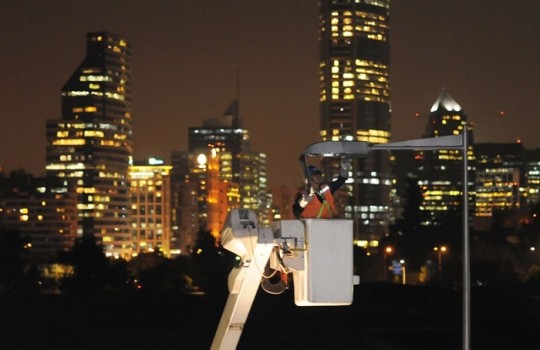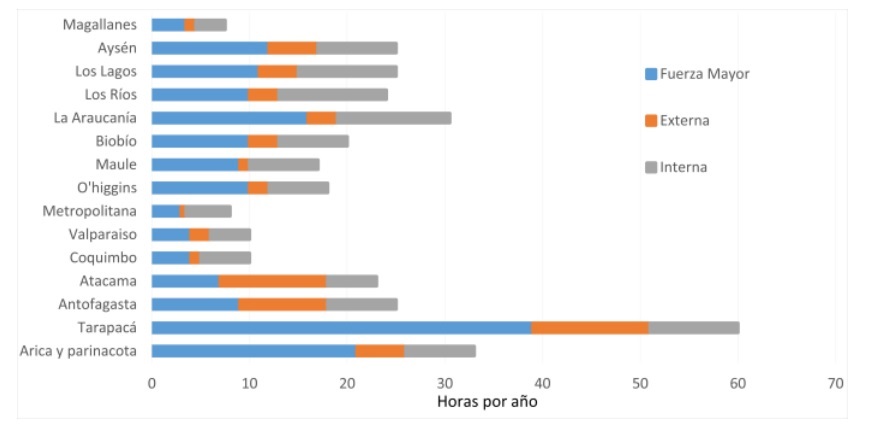
According to the consultant, the new legislation should allow for changes in the operation of the network and leave room for the emergence of new players.
Systep: “It is necessary to develop a new, more flexible electricity distribution law”.
According to the Monthly Report According to the October report by the consulting firm Systep, it is necessary to develop a new energy distribution law that is capable of allowing changes in the operation of the network and the emergence of new actors in order to continue promoting the economic efficiency, reliability and sustainability of the system.
The study states that the new legislation should “include a method of remuneration for the investments required to improve the quality of service, and contain a transitional process to deal with changes in the business model”.
In addition, the report points out that the Law should be proactive in promoting innovation in the face of the changing nature of the business, and notes that it “must be flexible to be able to integrate future challenges such as smart metering, flexible tariffs (taking advantage of technological improvements), storage, electric vehicles, etc.”.
Likewise, the need to include incentives for energy efficiency and better quality of service should be studied in order to comply with the improvements proposed by the Energy Policy 2050, which aims at reducing the system average interruption time index (SAIDI) to levels of 4 hours/year by 2035 and 1 hour/year by 2050.
High supply interruption times
As part of the diagnosis made by the Systep report, it is pointed out that “reaching the goal proposed by the Energy Policy 2050 poses a great challenge considering the current values of the system’s average interruption time index (See graph).
Regarding the graph, “Considering that this goal is ambitious, it should also be analyzed whether it is socially profitable to guarantee the same levels of interruption in all locations. In this sense, some customers may have different service quality requirements and be willing to pay for it,” the report states.






